No Bunsen Burners? 😔 Exploring Alternatives and Impacts
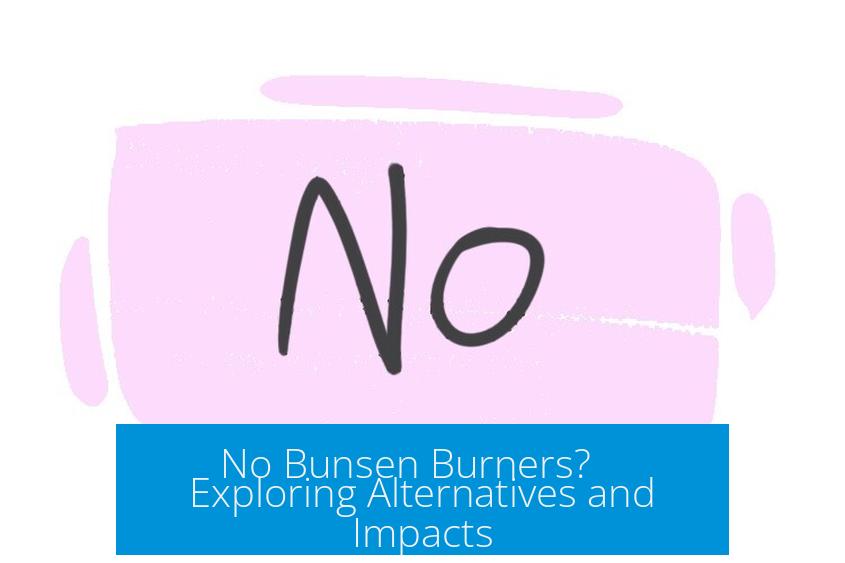
When Bunsen burners are unavailable, several alternatives exist, including butane cartridges with torch attachments, propane torches, and spirit burners. However, each option presents distinct advantages and safety considerations. This article explores these substitutes and the challenges of using open flames in educational settings. It also discusses the educational importance of flame-based experiments and reflects on the shifting trends in laboratory heating methods.
1. Alternatives to Bunsen Burners
1.1 Butane Cartridges and Torch Attachments
One of the cheapest ways to replace a Bunsen burner involves using butane cartridges paired with torch attachments. These setups provide a controllable flame source suitable for many basic laboratory demonstrations. Users report that butane gas coupled with burner attachments works efficiently for heating and flame tests. However, it is noted that alcohol salt candles do not perform as well in comparison for certain experimental needs.
1.2 Propane Torches
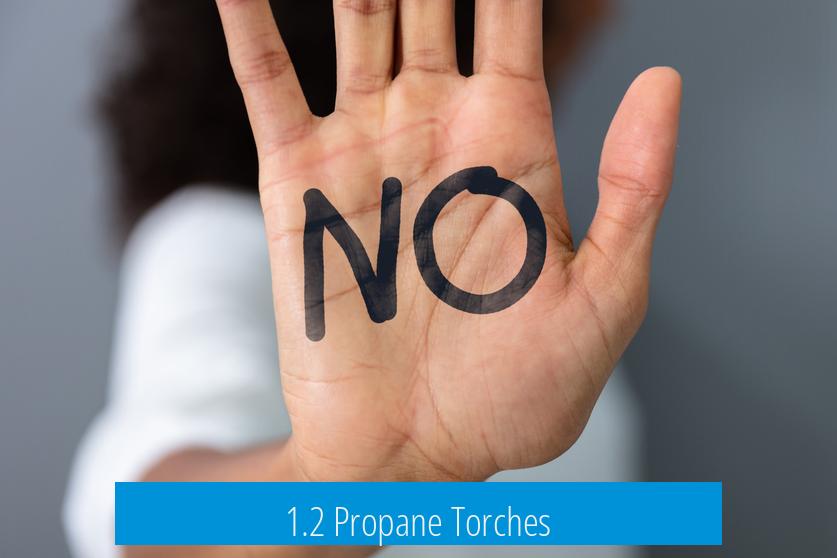
Propane torches offer a robust alternative, often used in soldering applications. These torches provide a stable and strong flame necessary for standard flame tests in chemistry labs. Propane tanks with regulators can safely feed smaller burners, producing the desired blue flame for accurate metal ion identification.
- Camping style propane bottles give more stability than narrow ones.
- Storage of propane tanks often must be off-site or managed under strict regulations.
- Schools frequently impose restrictions on methane backups; propane faces similar limitations due to safety concerns.
Despite these hurdles, experienced educators suggest obtaining propane tanks with proper regulatory setups to maintain laboratory capabilities. Receipts for fuel purchases can also be submitted to institutions for cost reimbursement.
1.3 Spirit/Alcohol Burners and Candles
Spirit burners offer an open flame source fueled by alcohol, providing moderate heat suitable for certain school demonstrations. They serve as a safer alternative to gas burners and avoid complex gas hookups.
Using candles, such as tealights, can suffice for simple flame tests on ionic compounds. A practical method involves preparing ~1 M nitrate solutions of target ions, coating Q-tips with the solutions, and dipping them in melted wax before placing them into a candle flame. The wax enhances the heat output and amplifies flame coloration, aiding ion identification.
While candles are less clean and not ideal for rigorous laboratory work, they permit demonstration of fundamental flame color tests without complex equipment.
1.4 Electric Bunsen Burners
Electric “Bunsen burners” are rare or nonexistent in conventional chemistry. Some educators express skepticism about their effectiveness. Although electric hot plates are gaining popularity for heating tasks, they cannot replicate flame tests or provide an open flame. Thus, they are not substitutes for flame-dependent experiments.
2. Challenges and Restrictions with Bunsen Burners
2.1 Safety and Regulatory Hurdles
Many institutions impose strict safety standards. Obtaining gas hookups for methane or propane involves extensive paperwork, evaluations, and institutional approvals. The risks of gas leaks, fire hazards, and student safety prompt regulatory authorities to limit or prohibit open flame devices.
Educators emphasize a “safety first” mindset in laboratory environments, often favoring equipment and methods that minimize fire risk. In some industrial labs, obtaining even a single gas hookup can require months of compliance and assessments.
2.2 Shift Away from Open Flame
Many labs are transitioning toward electric heating methods, like hot plates, due to efficiency and safety. Hot plates heat liquids faster and do not require gas connections. Microbiology labs remain among the few disciplines that regularly use open flames for safety with biological agents.
This shift reflects institutional caution and technological advancement. It alters traditional chemistry teaching, where flame heating was integral to experimental technique.
3. Educational and Experiential Impact
3.1 Value of Flame Tests and Flame Labs
Flame tests remain a cornerstone of chemistry education, underpinning fundamental concepts of metal ion identification and spectroscopy. Students experience direct visual confirmation of ionic compounds and gain understanding critical for analytical techniques like Inductively Coupled Plasma Optical Emission Spectroscopy (ICP-OES).
Students tend to remember flame tests vividly, enhancing retention and engagement. Losing access to open flames risks shifting toward virtual labs, which lack hands-on skill development. Educators lament the gradual abandonment of such traditional experimental methods.
3.2 Safety Concerns Regarding Students
Teaching introductory labs with Bunsen burners involves risks. Student mistakes or careless behavior can lead to accidents. Some educators question if the educational goals justify the hazard. Alternative activities without flames sometimes suffice to meet experimental objectives safely.
4. Personal Experiences and Nostalgia
Many chemists recall using Bunsen burners during high school or early college years during the mid-to-late 20th century. In some institutions, gas lines are either scarce or were disconnected over time, reflecting a decline in open flame use.
Even laboratory technicians might need to reinstall gas lines for those pursuing personal experiments requiring burners. The cost of Bunsen burners ranges around $1000 each for quality professional models.
This personal history reflects the evolving landscape of laboratory infrastructure and education.
5. Additional Notes and Miscellaneous Alternatives
- Flame Atomic Absorption Spectrometry (Flame AAS) instruments remain in use but are specialized equipment.
- Portable burners with fuel cartridges, like those from Flinn Scientific, provide some practical mobility and safety advantages.
- Some educators propose acquiring ICP-OES instruments with safe argon gas as modern alternatives for metal analysis.
- Computational chemistry and virtual labs gain traction as complements or substitutes where open flames are impractical.
Key Takeaways
- Butane and propane torches offer practical flame sources but face regulatory and safety constraints.
- Spirit burners and candles can perform simple flame tests with some compromises in cleanliness and control.
- Electric heating alternatives cannot replace flame-dependent techniques but improve safety and efficiency for heating tasks.
- Safety and institutional policies strongly influence the availability and use of Bunsen burners in modern labs.
- Flame tests remain pedagogically valuable but their diminished use reflects changing laboratory practices and priorities.
What are practical alternatives to Bunsen burners for school labs?
Butane cartridges with torch attachments offer a cheap alternative. Propane torches also work well if allowed. Spirit or alcohol burners and even candles can be used for basic flame tests, though less clean.
Can propane tanks be used safely with Bunsen burners?
Yes. Using a propane tank with a regulator to feed multiple burners is possible. Storing tanks off-site and following safety rules is crucial. Some schools resist due to safety concerns and regulations.
How effective are candles for flame tests compared to Bunsen burners?
Candles can reveal flame colors when combined with ion-coated q-tips dipped in wax. This method is inexpensive but messier. It lacks the precise flame quality that Bunsen burners provide.
Why are some schools moving away from using open flame burners?
Safety regulations and paperwork make open flames difficult to manage. Many labs now prefer hot plates, which heat liquids faster and pose fewer hazards. Microbiology labs often retain burners for specific needs.
What educational value do flame tests with Bunsen burners provide?
Flame tests teach basic metal ion identification and bench skills. They offer hands-on experience and memorable learning. Some educators fear virtual labs won’t replace this practical knowledge well.


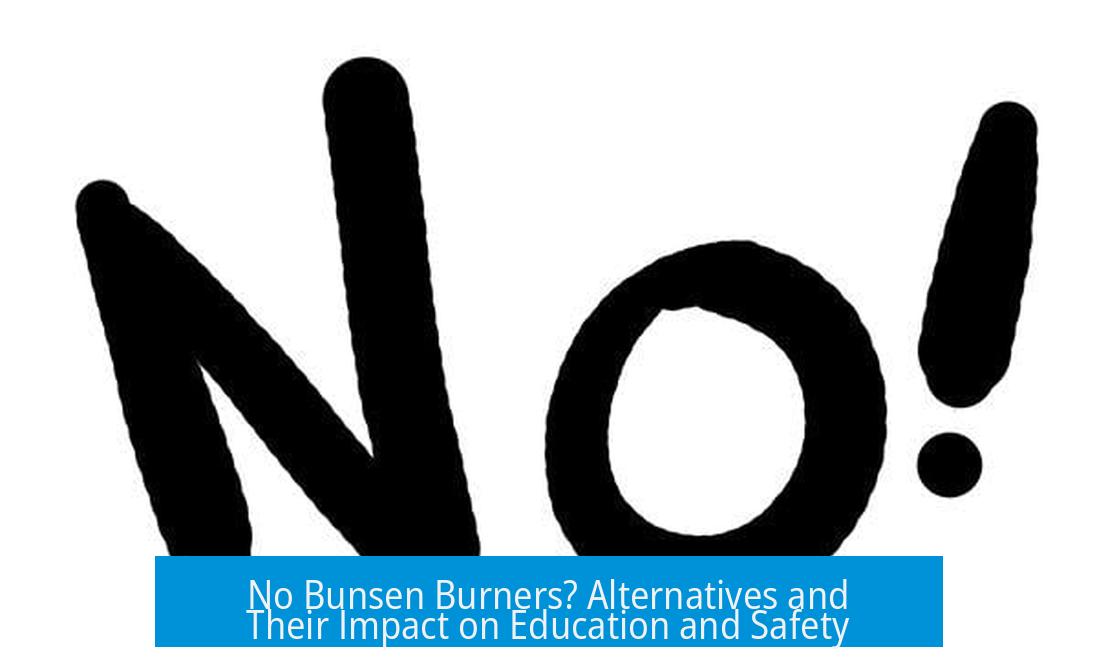
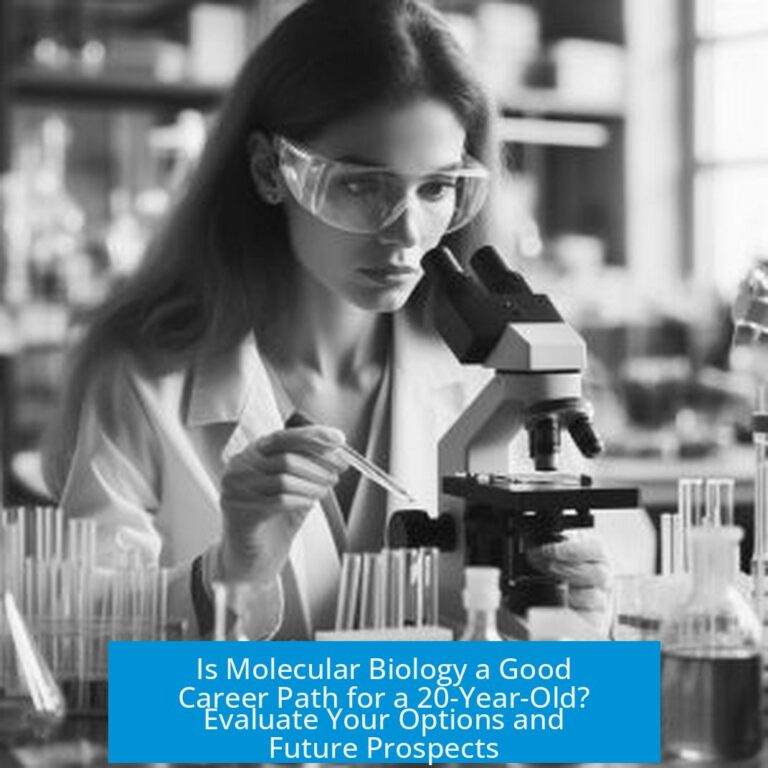
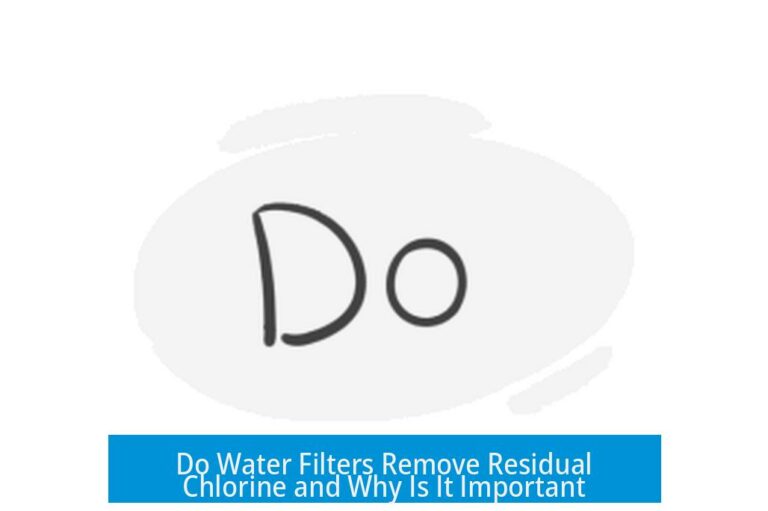
Leave a Comment